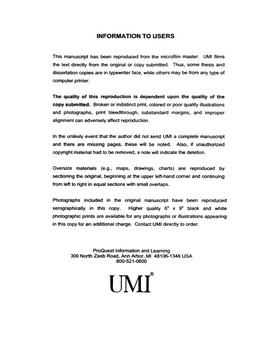| dc.description.abstract | A community of ten sympatric lizard species was studied in a mountain canyon in southern Arizona to determine the effect of phylogeny on habitat use and thermoregulation. Habitat use, body temperatures ( Tb) and operative environmental temperatures ( Te) were recorded in the field, as well as the selected temperature range (Tsel) for active lizards in the laboratory. Te varied significantly with elevation, time of day, macrohabitat, and microhabitat with most of the variation occurring at the microhabitat level, indicating a small spatial scale of thermal heterogeneity at the study site. At most times of day and in most macrohabitats, Te bracketed Tsel for the species indicating that maintenance of Tb within Tsel was possible during most daylight hours. Randomization analyses of matrices of phylogenetic similarity, habitat use and microsite temperature overlaps showed significant correlations between phylogenetic similarity, habitat use, and field active Tbs. There was no correlation between phylogenetic similarity and T sel. Indices of thermoregulation calculated for each species revealed that although these lizards thermoregulated effectively, there was no correlation between the matrix of phylogenetic similarity and similarity matrices for accuracy or effectiveness of thermoregulation. Pseudocommunity analyses showed no partitioning of thermal resources, indeed species tended to use similar thermal resources despite disparate habitat use. The significant effect of phylogeny on microhabitat use, and field Tb but not on Tsel suggests that microhabitat selection may override thermoregulation, possibly due to tradeoffs between thermoregulation, foraging, predator avoidance or reproduction. | en_US |
